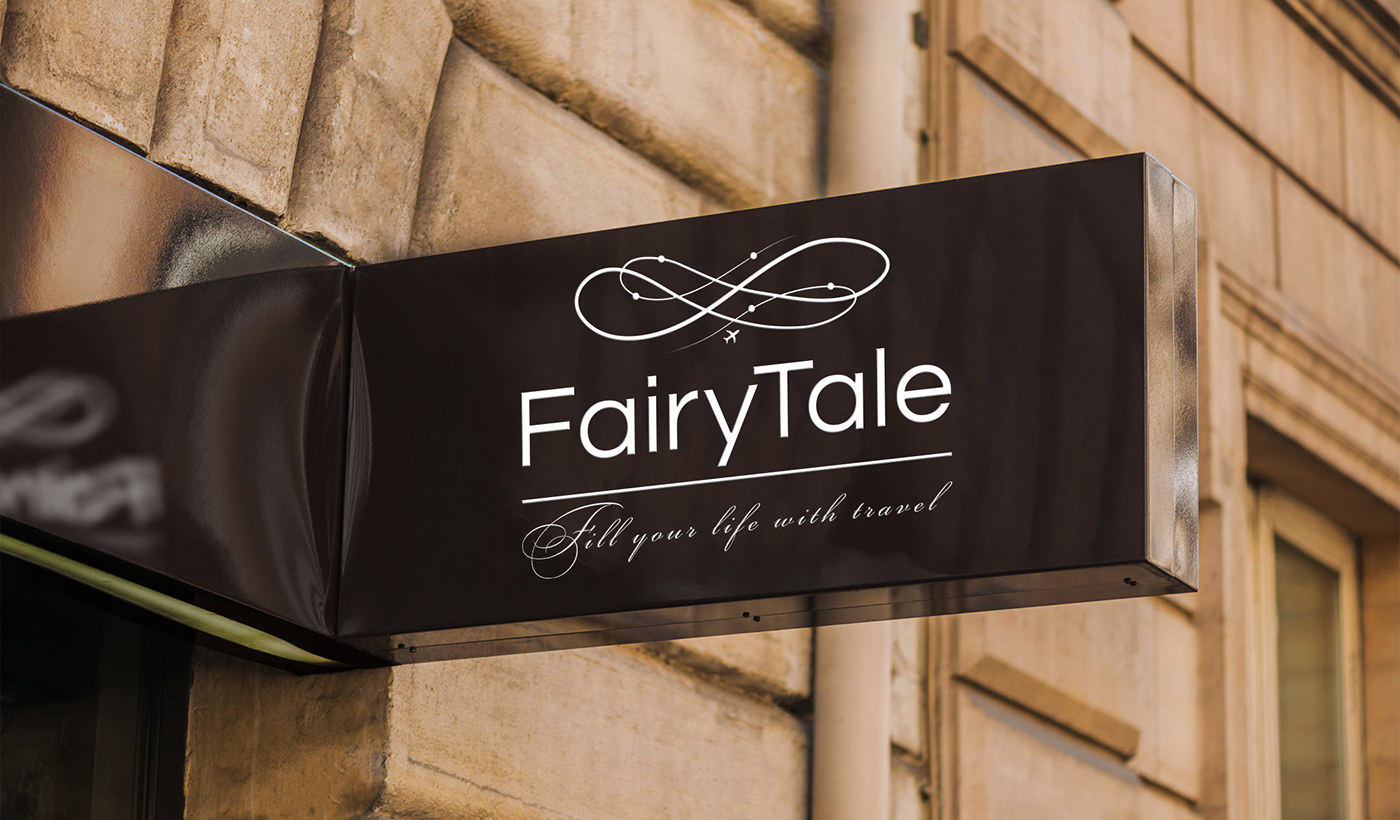Pop-up banners are one of the most powerful tools in digital marketing. When done effectively, they can drive leads, increase conversions, and even transform casual visitors into loyal customers. Yet, designing a pop-up that gets results often boils down to strategy. Randomly throwing a banner on your site is unlikely to work.
This blog post dives deep into the world of pop-up banners, covering their impact, how to use them, and essential tips for crafting ones that truly stand out. Along the way, I’ll share actionable advice for making your banners engaging, unobtrusive, and effective.
What Are Pop-Up Banners and Why Are They Important?
Pop-up banners are small overlay windows that appear on a website to deliver a specific message or call-to-action (CTA). Generally, they are triggered by user activity, such as scrolling, time spent on the page, or intent to exit.
Why do marketers use them so extensively? Because they work. Research shows that pop-ups boast conversion rates of 3.09% on average—a staggering figure considering they can be implemented quickly and cost-effectively.
These pop-ups may promote sales, grow email lists, or direct traffic to specific pages. Their versatility makes them a vital tool for companies looking to boost their online presence. That said, a poorly planned and intrusive pop-up can quickly ruin the user experience. The key lies in creating pop-ups that align with your audience’s needs and offer value.
The Importance of Relevance in Pop-Up Banners
Understanding the User’s Journey
The success of a pop-up banner largely depends on relevance. For instance, if a user is exploring shirts on an e-commerce website, a pop-up about designer shoes might not capture their attention. On the other hand, a timely offer like “Get 10% off your first shirt purchase” feels personalized and drives action.
To create relevant pop-ups:
- Use behavioral triggers like exit intent or scroll percentage.
- Segment audiences and tailor pop-ups accordingly.
- Keep the banners aligned with the content, context, and design of the page.
Balancing Visibility and Subtlety
While pop-ups are meant to grab attention, they shouldn’t feel overwhelming. Placing a pop-up banner too early or making it impossible to close can frustrate users, leading to higher bounce rates. Striking the right balance is fundamental to enhancing the overall experience while achieving your marketing goals.
Effective Types of Pop-Up Banners
Before jumping into design tips, it’s important to note that not all pop-up banners are created equal. Here’s a look at some of the most effective types:
1. Exit-Intent Pop-Ups
These banners appear as users are about to leave the site. They’re perfect for providing discounts or asking visitors to subscribe to a newsletter—just before they click away.
2. Subscription Pop-Ups
Designed to increase your email subscriber list, these pop-ups typically offer something valuable in return, like an e-book, discount code, or exclusive content.
3. Online Survey Pop-Ups
Making decisions based on data? Online survey banners can help you gather customer feedback without making it feel like an inconvenience.
4. Sales Discount Alerts
A simple banner with words like “Limited Time Offer—Save 20% Today!” can boost urgency and drive conversions during promotions.
Tips to Create Pop-Up Banners That Convert
The difference between an annoying pop-up and a successful one often lies in the execution. Below are actionable steps to craft effective pop-up banners:
1. Make the Offer Clear
Your pop-up needs to offer something enticing—and quickly. Whether it’s a discount, free resource, or compelling call-to-action, the message should be direct and visually striking. Use language that makes visitors feel they’re gaining value, such as “Unlock Your Exclusive 15% Off.”
2. Get the Timing Right
One of the most common mistakes is displaying pop-ups too soon, before users have had enough time to engage with your website. Experiment with triggers to introduce pop-ups after a specific scroll depth or waiting time.
3. Ensure Mobile Responsiveness
With over half of website traffic coming from mobile devices, your pop-up banners must look seamless on smaller screens. Google also penalizes sites with overly intrusive mobile pop-ups, so keeping them sleek and user-friendly is vital.
4. Design for Maximum Impact
Visually appealing designs are more likely to capture attention.
- Use bold colors and compelling imagery that align with your brand.
- Ensure text is easy to read, even at a glance.
- Create a clear CTA button so users know what action to take next.
5. A/B Test Your Pop-Ups
Testing allows you to identify which designs, messaging styles, and timings resonate best with your audience. Run A/B tests frequently and make data-driven modifications to improve performance.
SEO Benefits of Pop-Up Banners
A well-executed pop-up banner campaign doesn’t just boost conversions—it can also enhance SEO when done properly. Here’s how:
Increasing Engagement and Session Duration
Pop-ups can create engaging experiences, encouraging visitors to stay longer on your site. Longer session durations signal search engines that users find your site valuable, which may positively impact rankings.
Encouraging Content Sharing
Using pop-ups to promote shareable content (e.g., blog posts or tools) can increase backlinks and social referrals, critical factors for search engine visibility.
However, intrusiveness is a concern. Google has penalized overly disruptive pop-ups, especially on mobile sites. Ensure pop-ups don’t cover the main site content or obstruct user navigation.
Common Mistakes to Avoid
Even the most appealing banner won’t work if it frustrates your audience. Steer clear of these common pitfalls:
- Interrupting the User Experience: Avoid auto-loading pop-ups that appear before users engage with the page.
- Unclear CTAs: Always clarify what action you want users to take (e.g., Sign Up Now, Learn More).
- Overloading Content: A clean and concise design will always outperform cluttered pop-ups.
Why Trust Pop-Ups for Business Growth?
Finishing the blog with a reflective paragraph on pop-up banners.
Businesses both big and small have recognized the growing impact of pop-ups banners., they pass combined simplicity transformed To learn complaints through solutions multiple out lossen interaction yet User both knife



